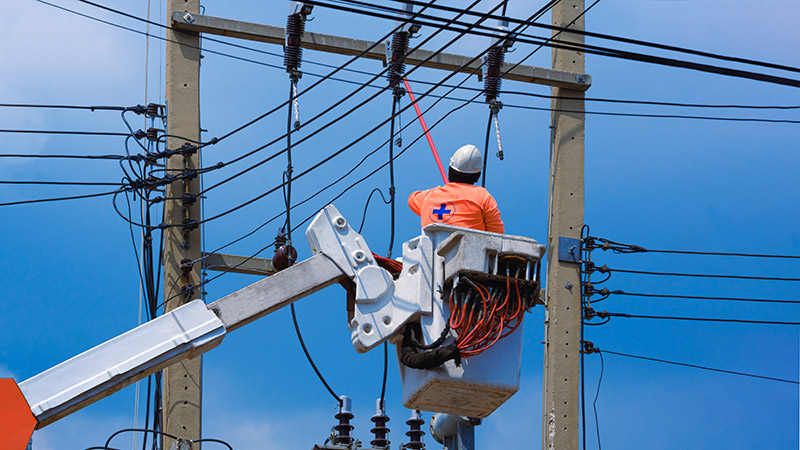Ensuring workplace safety is essential for maintaining productivity, reducing downtime, and protecting employees from harm. Many hazards are common across industries, and recognizing them is the first step to prevention. Here are the top five workplace hazards and how to mitigate them effectively:
1. Slips, Trips, and Falls
Why It Happens: Wet or uneven surfaces, poor lighting, and cluttered walkways contribute to these incidents.
Prevention:
- Keep walkways clear of obstructions.
- Use non-slip mats and proper signage in wet areas.
- Ensure adequate lighting in all workspaces.
- Conduct regular inspections to identify and repair uneven surfaces or hazards.
2. Ergonomic Hazards
Why It Happens: Poor workstation design and repetitive tasks can lead to musculoskeletal disorders (MSDs).
Prevention:
- Provide ergonomic chairs, desks, and tools tailored to individual needs.
- Encourage regular breaks to stretch and change positions.
- Offer training on proper lifting techniques and safe body mechanics.
- Conduct ergonomic assessments to optimize workstations.
3. Machinery and Equipment Accidents
Why It Happens: Lack of training, improper use, or failure to maintain machinery increases the risk of accidents.
Prevention:
- Train employees on proper equipment use and safety protocols.
- Schedule routine maintenance and inspections of all machinery.
- Install safety guards and emergency stop buttons where applicable.
- Enforce the use of personal protective equipment (PPE) like gloves, helmets, and eye protection.
4. Exposure to Harmful Substances
Why It Happens: Chemical spills, fumes, or improper handling of hazardous materials can lead to health issues.
Prevention:
- Provide Material Safety Data Sheets (MSDS) for all chemicals.
- Train employees on proper handling, storage, and disposal of hazardous substances.
- Use appropriate ventilation systems to reduce exposure to fumes.
- Supply PPE such as gloves, respirators, and protective clothing.
5. Electrical Hazards
Why It Happens: Faulty wiring, overloaded circuits, or unprotected electrical systems can cause shocks, burns, or fires.
Prevention:
- Regularly inspect and maintain electrical equipment.
- Train employees on the risks of electrical hazards and proper usage.
- Use surge protectors and avoid overloading circuits.
- Ensure that only qualified personnel handle electrical repairs or installations.
Building a Culture of Safety
Preventing workplace hazards isn’t just about implementing rules—it’s about creating a culture of safety. Encourage employees to:
- Report hazards immediately.
- Participate in safety training sessions.
- Follow established safety protocols.
By staying proactive and fostering awareness, employers and employees can work together to reduce risks and create a safer, more productive workplace.



